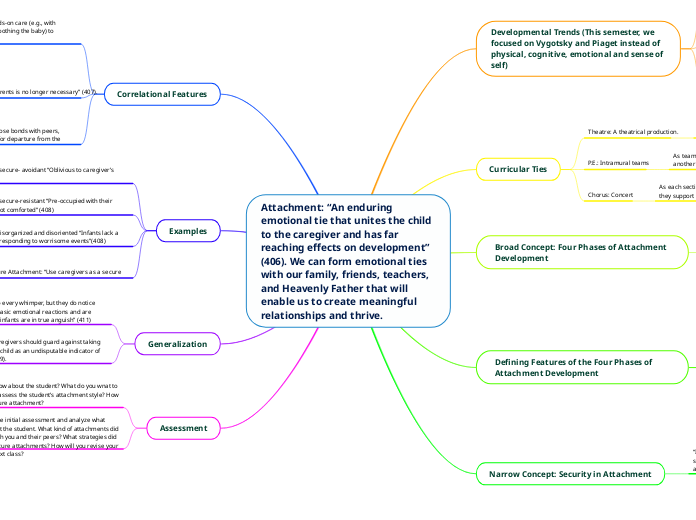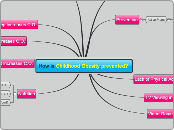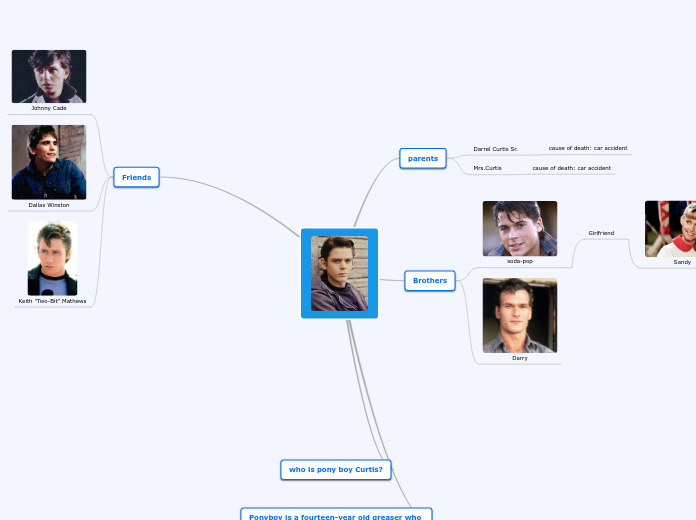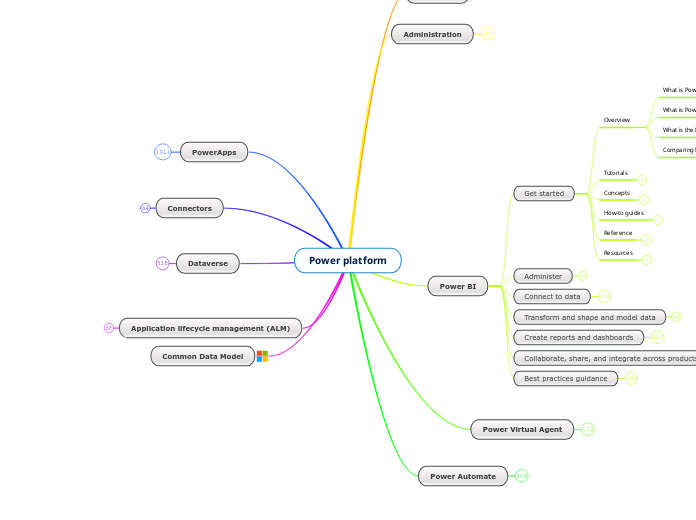von Nancy Chaffin Vor 2 Jahren
505
Attachment: “An enduring emotional tie that unites the child to the caregiver and has far reaching effects on development” (406). We can form emotional ties with our family, friends, teachers, and Heavenly Father that will enable us to create meaningf
The formation of emotional bonds with caregivers is crucial for a child's development and extends to their relationships with family, friends, and teachers. Effective caregiving involves a balance where caregivers are responsive to genuine needs without overreacting to every minor distress, which can undermine a child'









